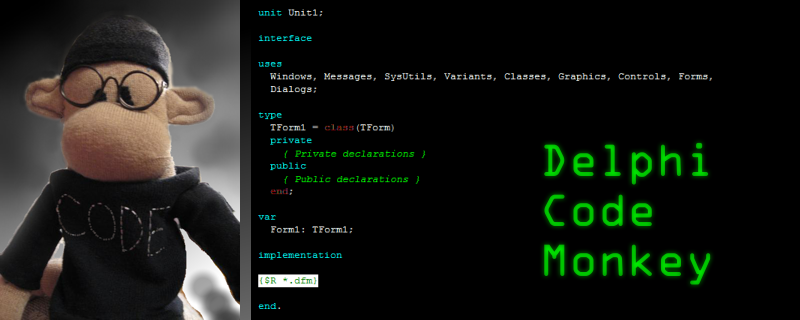Tuesday, April 10, 2012
Jack Tramiel
Jack Tramiel, died this past Sunday. A Jewish man of Polish descent, survived the Nazi-holocaust including being imprisoned in a concentration camp, and went on to become one of the most important figures in the microcomputer revolution that is still changing the world.
After the war, he lived in the US, and briefly in Canada. He started Commodore in Toronto, Canada (where I live right now) in 1955. Commodore Business Machines made calculators, typewriters, filing cabinets, and other office equipment, until the day they purchased MOS, a semiconductor company that made the 8-bit 6502 processor.
Commodore/MOS's first microcomputer product was not even a "complete computer system". The KIM-1 was a single-board that needed a power supply, and some additional circuitry added, not to mention a case, and some kind of display or terminal. Then, Jack brought us the Commodore PET, which was a ground-breaking computer. Early Commodore PET hobbyists were among the first in the home computer craze. The Commodore PET had a black-and-white display, and depending on the model, either a 40 column screen or an 80 column text screen. The PET did not have any kind of "bit map" graphics capability, unless you count the creative use of character shapes in the "PETSCII" custom ASCII-like character set.
The Vic-20 was the first computer to sell in mass-market quantities, that could be attached to a color TV set. With only 22 columns across on the screen, I didn't really much like the Vic-20. Here's a screen-shot of a BASIC program on a Vic-20 emulator that gives you an idea of how limited a 22 column screen might feel:
The next computer was the Commodore 64, the most important computer in the 1980s, in my opinion, because it was the first computer I ever owned. Okay, it's still the best selling computer of all time. I had played around with Atari 400/800 XL computers, the Vic-20 and the PET, the TRS-80, and the Apple II. But no other machine in 1982 could touch the Commodore 64. It had amazing sound capabilities, graphic capabilities including bitmapped graphics and sprites much more advanced than early IBM PC XT and IBM PC AT computers. It could be used with a TV, but a lot of people bought the Commodore 1702 monitor. Very few people ever purchased hard drives for their Commodore 64s, but almost all US/Canadian owners of Commodore 64 bought the 1541 Disk Drive, which stored 170K on a 5.25" floppy disk.
I wish I had a picture of me on my commodore 64, but here is a picture of a system much like the one I spent thousands of hours learning to program, playing games, and using Bulletin Board Systems, which we did a lot of the same things with that you might use the Internet to do today:
Jack Tramiel, and his employees, at Commodore brought a computer to the masses. After leaving Commodore, Jack purchased the personal-systems division of Atari, and masterminded the Atari ST, another amazing computer that was years ahead of its time, and which had a loyal following of its own. My uncle had an Atari ST, and it was a beautiful machine. But no computer has ever been as amazing to me as the Commodore 64. My first "geek love".
Thank you Jack. You changed my life. You changed the world. Writing programs on my commodore 64, I felt like I was doing magic. I still feel the same way about coding. When you build something on a computer, you're not just creating a work of art, you're making a little virtual machine, that can seem to have a life of its own. It could be something beautiful and elegant as a wristwatch, a space shuttle, an autonomous robot, or a jetfighter, that lives in a little virtual world called 'your computer'. Even leaving aside the early attempts at "Artificial intelligence" in the 1980s, like "Eliza", writing games was like being the creator of your own tiny universe. You wrote the rules. Watching all the rules turn into a working game felt like you were in control of a tiny universe.
Subscribe to:
Post Comments (Atom)




No comments:
Post a Comment